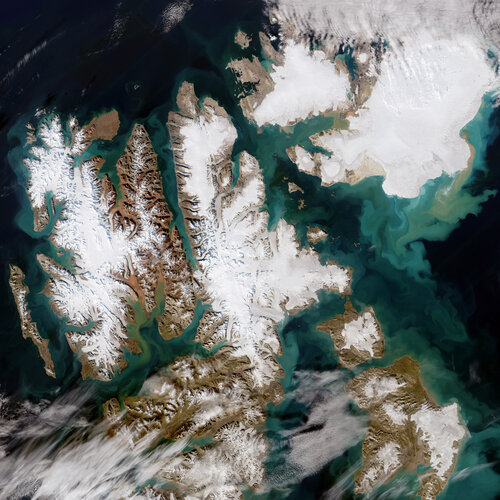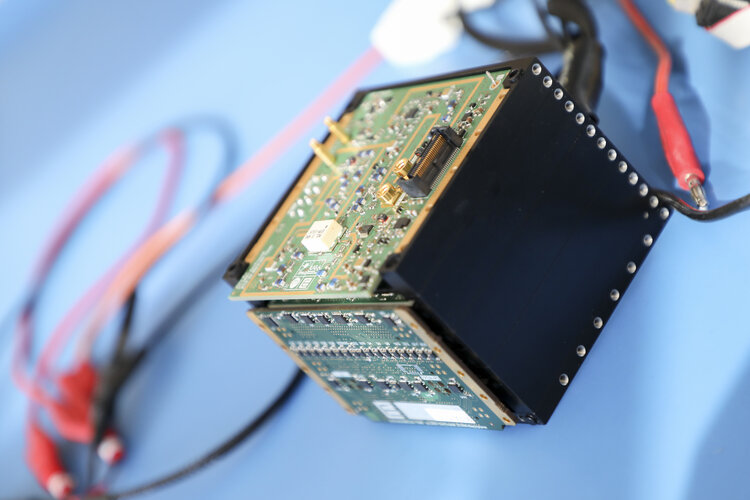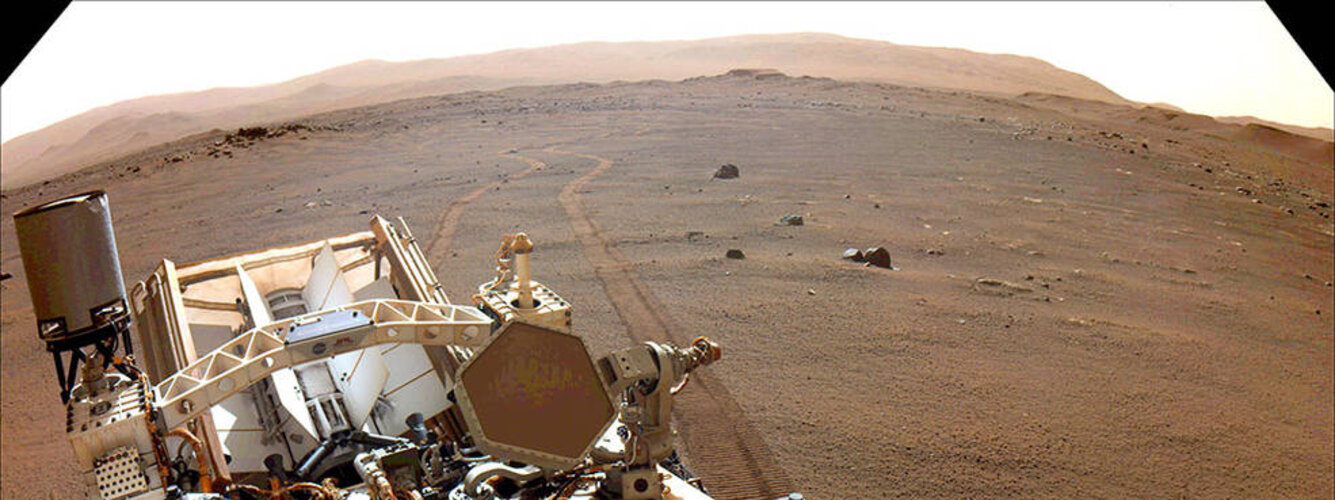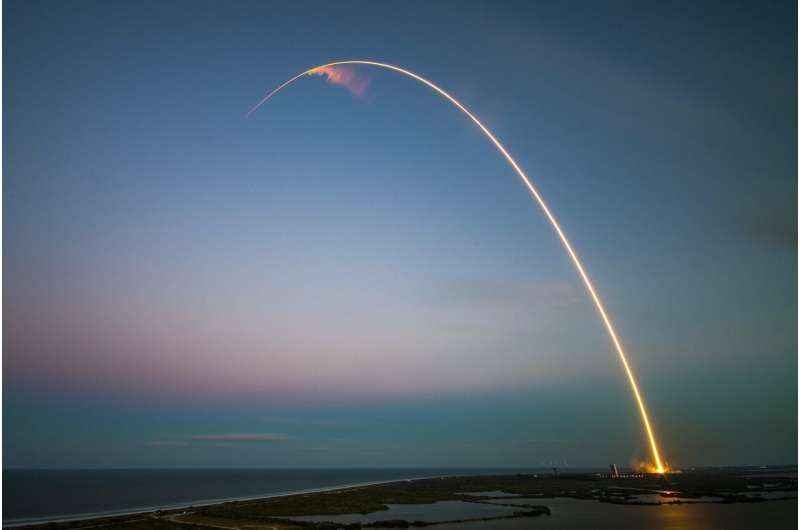
Copernical Team
Meteorite that smashed into Mars shook planet
 Scientists who study Mars on Thursday revealed the remarkable Christmas gift they received from the planet last year.
On December 24, 2021, a meteorite hit Mars' surface, triggering magnitude 4 tremors, which were detected by NASA's InSight spacecraft - which landed on the planet four years ago - some 2,200 miles (3,500 kilometers) away.
The true origin of this so-called marsquake wa
Scientists who study Mars on Thursday revealed the remarkable Christmas gift they received from the planet last year.
On December 24, 2021, a meteorite hit Mars' surface, triggering magnitude 4 tremors, which were detected by NASA's InSight spacecraft - which landed on the planet four years ago - some 2,200 miles (3,500 kilometers) away.
The true origin of this so-called marsquake wa NASA generated $71 billion in economic impact in 2021
 NASA's latest economic impact report released Thursday, boasting $71.2 billion in output during the fiscal year 2021.
The report from NASA outlines how its activities, including research and technology, affect the economy. Those activities supported more than 339,000 jobs across the United States while generating about $7.7 billion in tax dollars.
NASA's moon to Mars mission was
NASA's latest economic impact report released Thursday, boasting $71.2 billion in output during the fiscal year 2021.
The report from NASA outlines how its activities, including research and technology, affect the economy. Those activities supported more than 339,000 jobs across the United States while generating about $7.7 billion in tax dollars.
NASA's moon to Mars mission was US to 'hold Russia accountable' if satellites attacked: W.House
 The United States will respond in an "appropriate" way to any Russian attack against US commercial satellites, the White House said Thursday after a Russian official suggested they could become legitimate targets in space.
"Any attack on US infrastructure will be met with an appropriate response in an appropriate way," National Security Council spokesman John Kirby told reporters. The United
The United States will respond in an "appropriate" way to any Russian attack against US commercial satellites, the White House said Thursday after a Russian official suggested they could become legitimate targets in space.
"Any attack on US infrastructure will be met with an appropriate response in an appropriate way," National Security Council spokesman John Kirby told reporters. The United Ten years: Warsaw at night
 Image:
Ten years: Warsaw at night
Image:
Ten years: Warsaw at night A close encounter with a mysterious moon

Earth from Space: Svalbard

Extremely high temperatures recorded this summer caused record melting across Svalbard – one of the fastest warming places on the planet. The Copernicus Sentinel-2 mission captured this rare, cloud-free acquisition of the Norwegian archipelago in August 2022.
Mini-radar for asteroid CubeSat
 Image:
Mini-radar for asteroid CubeSat
Image:
Mini-radar for asteroid CubeSat Scientists choose first Mars samples worthy of return to Earth

The first samples to be taken from Mars and sent to Earth will be sourced from Jezero Crater, where the Perseverance rover has been exploring the crater floor and nearby ancient delta. The location of an initial cache of samples, called Three Forks, is flat and free of obstacles – an ideal spot for a Mars Sample Return landing and pickup operations.
As Artemis I launch nears, more Orions on horizon

The Orion spacecraft could be on its first trip to the moon on the Artemis I mission in less than a month, but teams at Kennedy Space Center continue to prep the next capsules planned for human missions, the first of which could fly in just over 18 months.
Meanwhile Lockheed Martin, the capsule's prime contractor for the first five Artemis flights won a new NASA contract this month to build out another three spacecraft.
"This order includes spacecraft, mission planning and support, and takes us into the 2030s," said Lisa Callahan, vice president and general manager for Commercial Civil Space at Lockheed Martin. "We're on the eve of a historic launch kicking off the Artemis era and this contract shows NASA is making long-term plans toward living and working on the moon, while also having a forward focus on getting humans to Mars."
Artemis I is targeting its next launch attempt as early as Nov. 14. The flight will send the Space Launch System rocket topped with Orion from KSC's Launch Pad 39-B on a weeks-long mission that will have it orbit the moon several times and fly farther than, and return to Earth faster than any previous human-rated spacecraft.
Solar Orbiter’s unprecedented view of the quiet corona
 Video:
00:01:27
Video:
00:01:27
The ESA-led Solar Orbiter mission has experienced its second close encounter with the Sun. It is delivering more stunning data, and at higher resolution than ever before.
The moment of closest approach took place on 12 October at 19:12 UTC (21:12 CEST), when Solar Orbiter was just 29% of the Earth’s distance from the Sun. This movie comes from 13 October, when the spacecraft’s Extreme Ultraviolet Imager (EUI) returned the highest resolution movie of the quiet corona ever taken with any instrument.
Each pixel on this movie spans 105 km on the surface of the Sun. This means that

